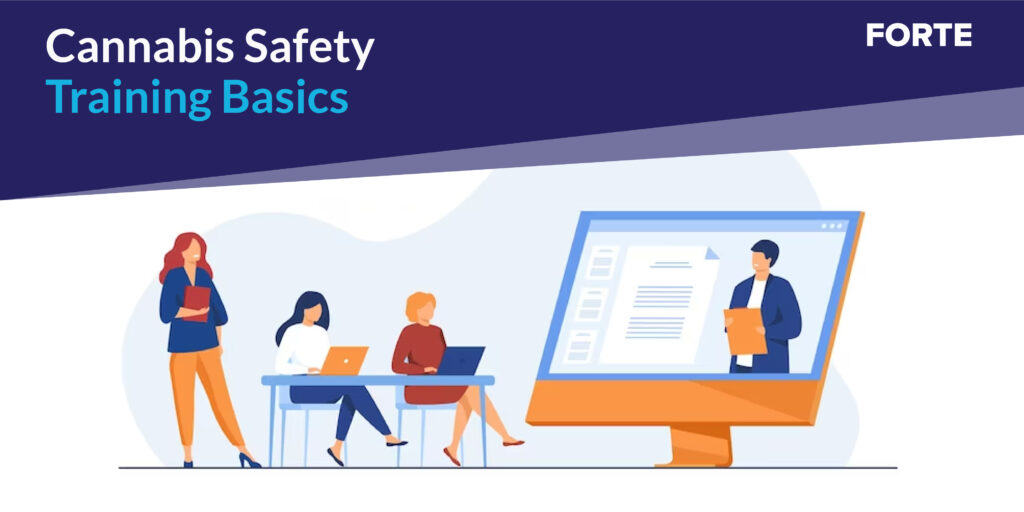In the rapidly growing cannabis sector, formal health and safety training programs must be established for employees.
Cannabis may be illegal at the federal level. But, you’d better believe that the Occupational Safety and Health Administration (OSHA) has regulatory authority over cannabis-related facilities, including those used for manufacturing, retail, processing, and laboratory work. Regardless of whether cannabis and hemp enterprises are federally permitted, all firms must provide a safe workplace.
The Occupational Safety and Health Act requires employers to provide employees along with employment a work environment that is free from identified risks that are causing or are likely to cause death or serious physical harm to their employees. Basically, all businesses, regardless of their nature, are required to provide a safe workplace.
Role Of OSHA In The Cannabis Industry
At the moment, OSHA only makes complaints-based visits to facilities rather than conducting regular inspections. This implies that if a current or former employee, or any individual, notices an issue with worker safety in your business, they can file a complaint with OSHA. In response, an unannounced site visit will be conducted.
The investigators will audit the facility during that visit and let you know if there have been any OSHA regulations violated. You will receive a detailed report of all violations and the corresponding fines later on from them.
Regulatory control over workplace security is urgently required, particularly given the rapidly growing cannabis market.
How Can Cannabis Businesses Ensure Safety At The Workplace?
Employee Training
Employers have a responsibility to provide employee training, especially for worker safety. In fact, government law requires this. Implementing a health and safety program and providing proof of training are requirements set forth by OSHA. Employers must instruct employees on occupational hazards, such as how to handle chemicals safely, how to wear a respirator properly, how to properly transfer solvents, and many more.
Safety Program Documentation
A properly written safety program is the foundation for OSHA (and state-specific regulation) compliance, in addition to appropriate training for employees. In fact, OSHA mandates specific written protocols for handling hazardous products safely. The areas covered in this manual should include, for instance, responsibilities related to employee and supervisor safety, incident reporting, emergency preparations, disciplinary action, and appropriate tool and equipment use.
The safety program should list every detail of your operations, and the risks associated with each procedure, and provide steps to reduce or, ideally, eliminate those risks.
Compliance Adherence
In addition to standards set by OSHA, there are other rules pertaining to worker safety. Although OSHA may have the highest fines in the federal government, you must also abide by local and state laws. Make sure that OSHA, local excise licensing, building codes, zoning regulations, and fire codes are all considered when building your facility.
Safety SOP Creation And Maintenance
In addition, every business must comply with SOP and documentation guidelines. We always advise looking up the laws that must be adhered to in your specific location online and contacting your local regulatory agencies to clarify any issues you may be unclear about. Businesses must always want to be proactive rather than reactive when it comes to safety issues.
Promote Safe Environment
Make safety a priority at your workplace! Be sure to include safety in your everyday conversations and expectations. Ensure that your staff is aware of what is expected of them, including safety compliance in your standard operating procedures (SOP) and employee contracts.
Encourage employees to voice their concerns about safety. Evaluate the concerns they have. Having departments undertake safety walks in other departments in addition to routine internal and external audits has helped to develop a safety culture. This enables new viewpoints and perspectives within the workplace.
Safety Auditing
Last, but not least, it is advised that frequent safety audits be conducted. Doing so will enable an employer to identify areas that require improvement. In order to reduce occupational injuries and ensure OSHA compliance, a cannabis business ought to implement a proactive approach rather than relying just on an accountability program.
Bottom Line
Having a safe workplace for all employees will reduce your workers’ compensation benefit expenses and assist you in bringing in and keeping the best employees.




